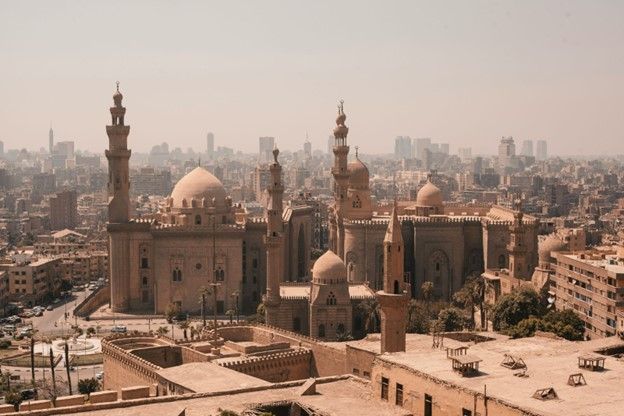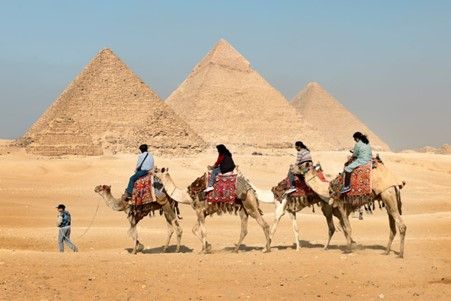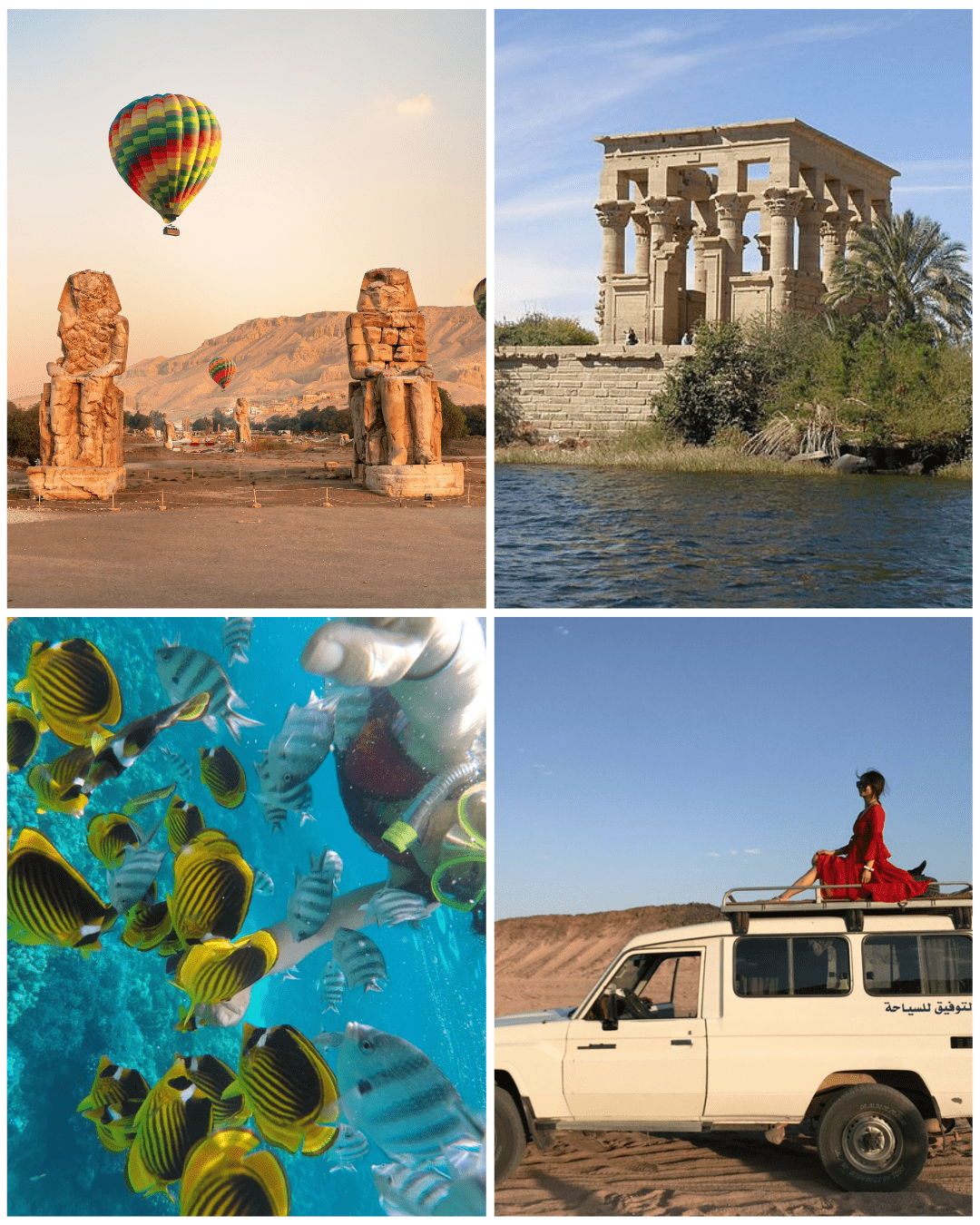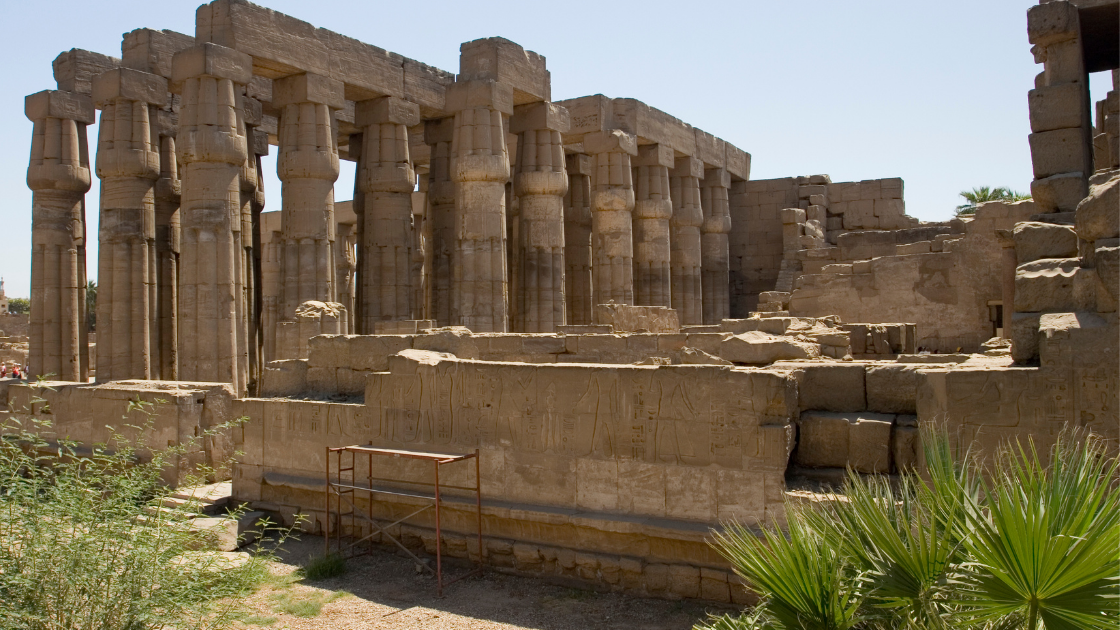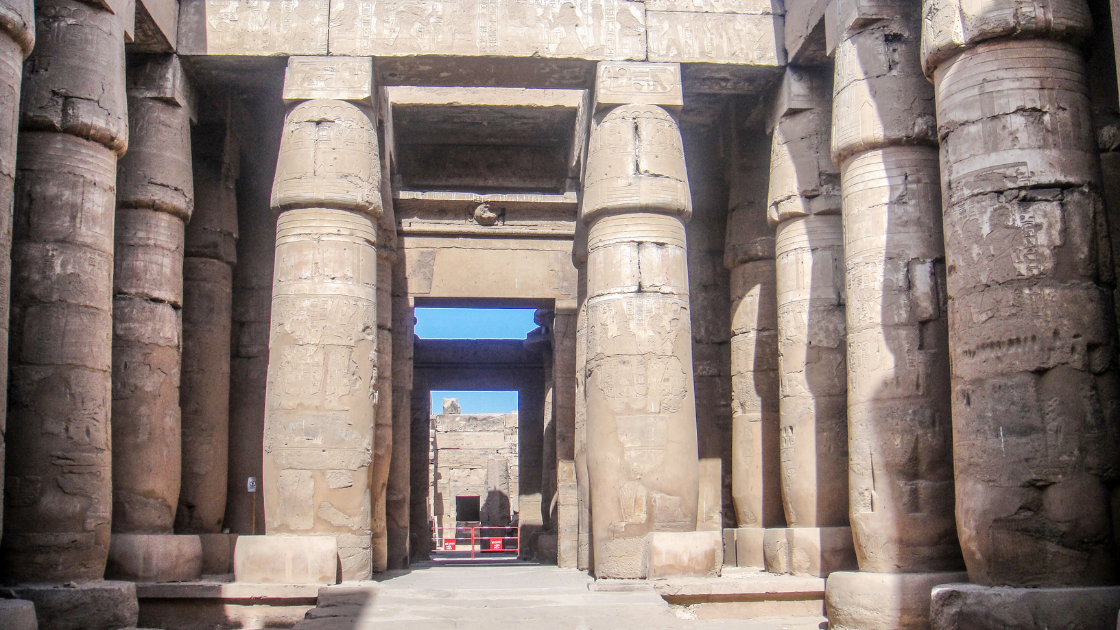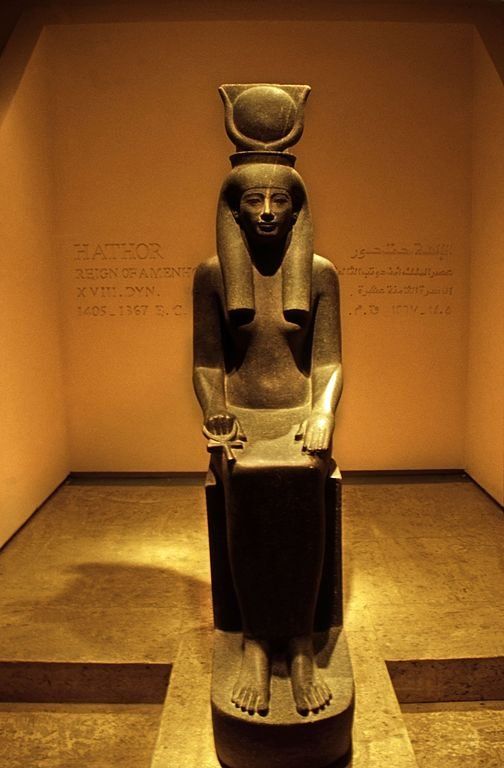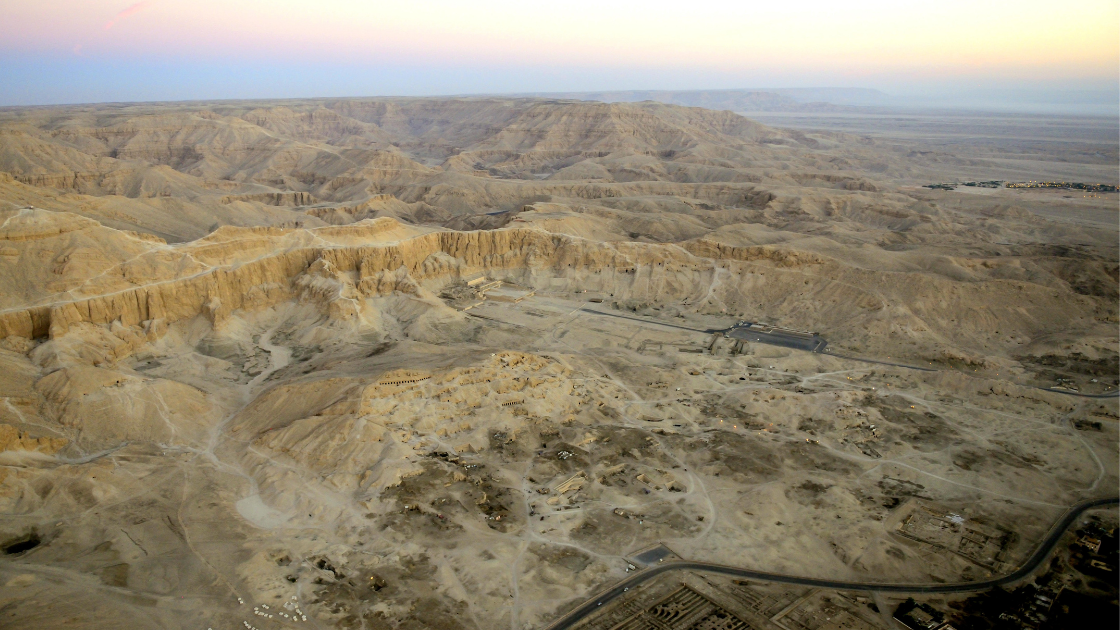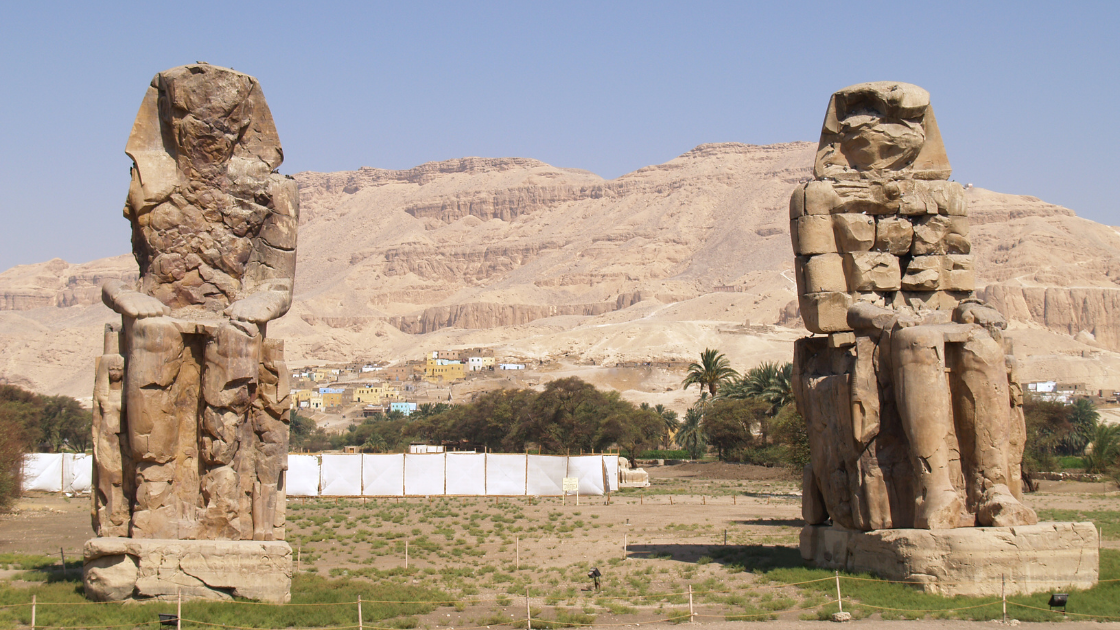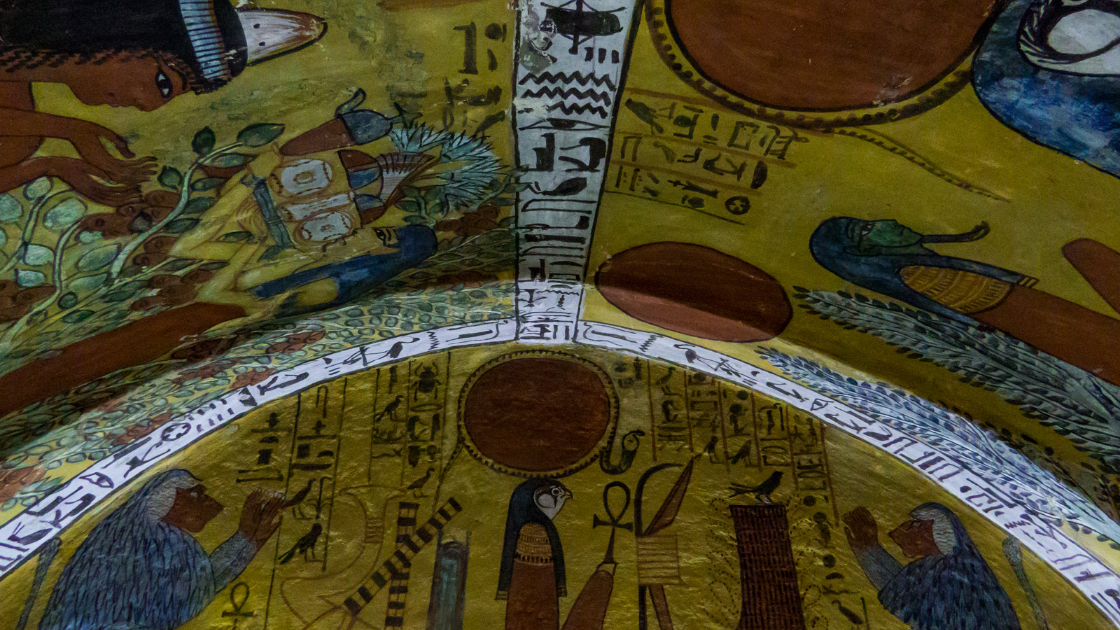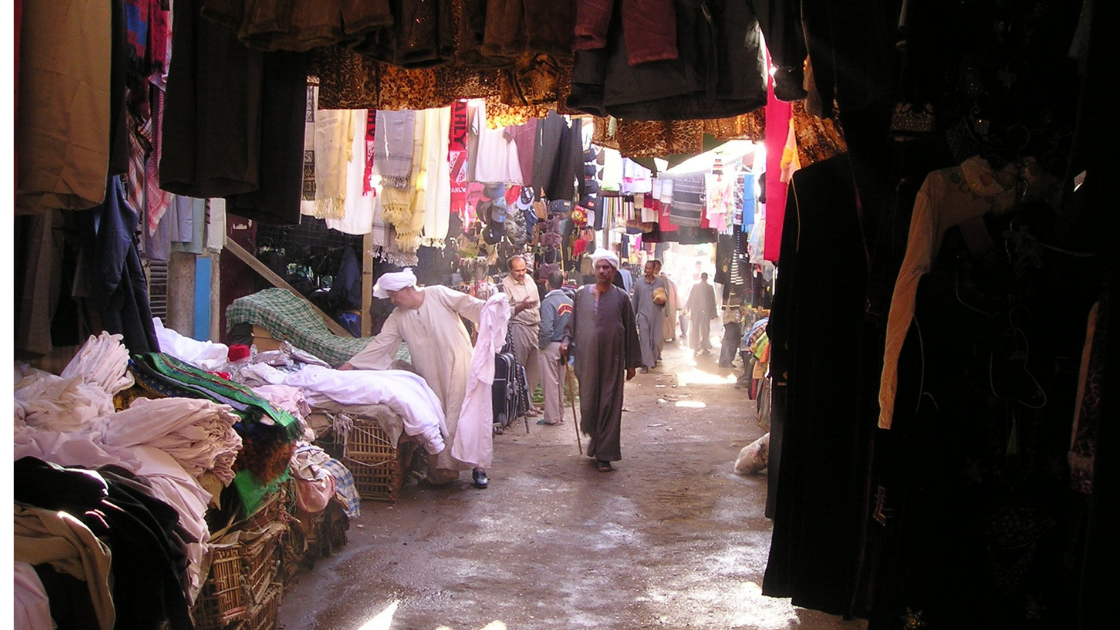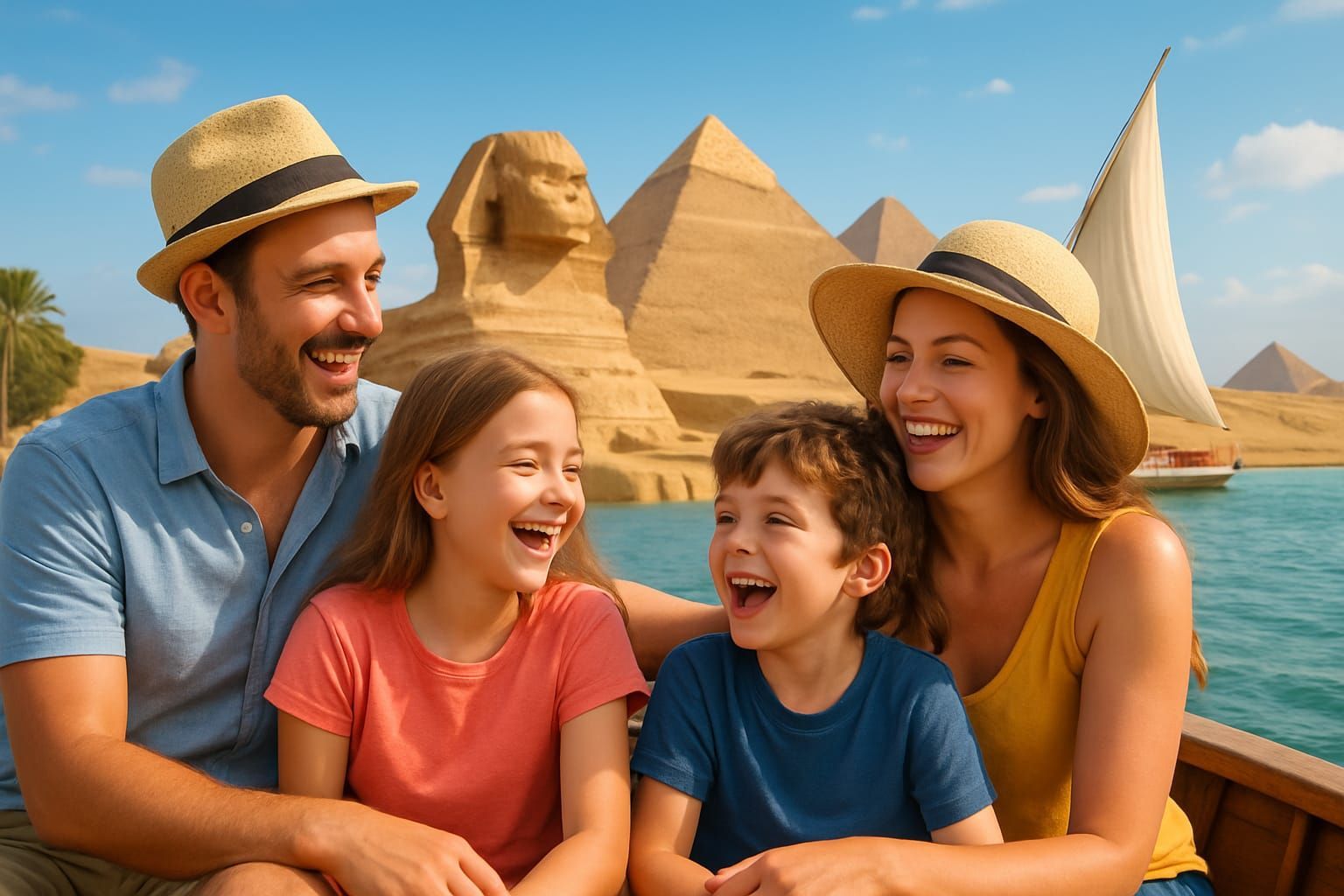Everything You Need to Know About Luxor in Egypt
Luxor profile and more
Located on the east bank of the River Nile in southern Egypt, the city of Luxor has gone by many names. To the Ancient Egyptians, it was Waset; the Greeks and Romans who came afterwards knew it as Thebes. Today, visitors flock to the city to gaze in wonder upon the great temple complexes of Luxor and Karnak; and to explore the vast Theban necropolis that lies directly opposite on the Nile’s west bank. Together these three ancient areas are recognised as a UNESCO World Heritage Site and are often referred to as the world’s greatest open-air museum.
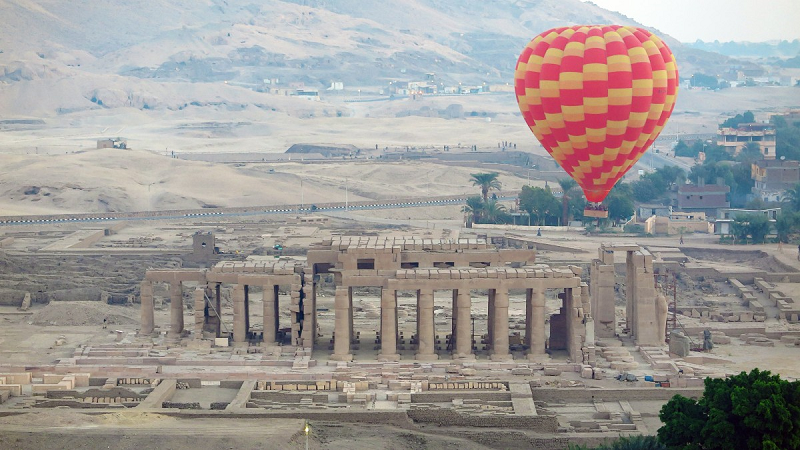
The History of Luxor
Luxor, or Thebes, has been continuously inhabited since approximately 3200 BC, but only started to gain importance during the 11th Dynasty when it grew from a minor town to a major city. By the beginning of the 18th Dynasty and the rule of the New Kingdom pharaohs, it was the capital of Ancient Egypt and the heart of its political, military, and religious activity. Thebes was synonymous with its patron deity, Amun-Ra, who became the chief god of the Egyptian pantheon during the New Kingdom. The majority of the temples and shrines in Luxor and Karnak are dedicated to Amun-Ra, his wife Mut and their child, the moon god Khonsu – known collectively as the Theban Triad. The grandeur of the two temple complexes was born of the pharaohs’ desire not only to honour these gods but also to create lasting monuments in their own memory.
The political and military influence of Thebes began to wane during the Late Period when various cities in northern Egypt took up the title of capital, one after the other. However, the city remained the country’s most important religious centre right up until the Greek period. In modern times, Luxor, Karnak and the Theban necropolis have yielded some of Egypt’s most important archaeological discoveries. Most recently, more than 20 ancient wooden coffins were discovered in 2019 on the Nile’s west bank, close to the Valley of the Kings.
Top Attractions on the East Bank
Luxor Temple
The ancient Luxor Temple is found, somewhat incongruously, in the heart of the modern city. It began as a shrine commissioned by 18th Dynasty ruler Hatshepsut, the longest-reigning female pharaoh in Egyptian history. It was enlarged beyond all recognition by subsequent pharaohs, most notably Amenhotep III, Tutankhamun and Ramesses II. The temple featured prominently in the annual Feast of Opet, when statues of the Theban Triad were carried from the temple at Karnak on foot along the ceremonial Avenue of the Sphinxes; or by barque along the River Nile. Highlights to look out for on your visit include the monumental gateway known as the Pylon of Ramesses II, the Sun Court of Amenhotep III and the Colonnade of Amenhotep III. The latter is adorned with stunning reliefs depicting scenes from the Feast of Opet.
Karnak Temple
Located to the north of modern-day Luxor, the sprawling Karnak Temple complex is believed to be the second-largest religious site in the world. It was known to the Ancient Egyptians as Ipet-isut, or The Most Selected of Places, and it was the center of worship for the Theban Triad. While the majority of the buildings that still stand today date to the New Kingdom, there is evidence that construction took place at the site almost continuously from the time of the Old Kingdom to the end of the Ptolemaic period. Therefore, to walk through the complex’s vast network of precincts (with their pylons and obelisks, hypostyle halls and sanctuaries) is to wander through over 2,000 years of history. The most spectacular sight of all is probably the 5,000-square-metre hypostyle hall in the Precinct of Amun-Ra, with its 134 monumental columns.
Luxor Museum
The sheer scale of the two Theban temple complexes can be a little overwhelming; but a visit to the beautifully curated Luxor Museum helps to put everything in perspective. Many of the archaeological treasures unearthed at the temples of Luxor and Karnak (and at the necropolis across the river) are now on display at the museum. These artefacts span the full breadth of Egyptian history, from the Old Kingdom to the rule of the medieval Mamluks. Amongst its most interesting displays are two unwrapped royal mummies (probably those of Amhose I and Ramesses I) and priceless items from the famously rich tomb of Tutankhamun. Don’t miss the hall dedicated to a cache of statues found buried under the Sun Court of Amenhotep III in 1989, including an exceptional, larger-than-life quartzite statue of Amenhotep III himself.
Top Attractions on the West Bank
Valley of the Kings
The Theban necropolis is divided into many different areas, but the most famous of them all is undoubtedly the Valley of the Kings. Here, more than 60 subterranean rock-cut tombs represent the final resting places of the New Kingdom pharaohs and their royal family members. A handful of these tombs are open to the public on a rotational basis. The pharaohs would have been buried with all of the accoutrements they wanted to take with them into the afterlife, and although these have been stripped by centuries of looting activity, many tombs are still adorned with breathtaking reliefs and murals. The most visited tomb is that of Tutankhamun. Although relatively insignificant during his lifetime, Tutankhamun was immortalised when Howard Carter and his team uncovered his fabulously intact tomb in 1922. Most of King Tut’s artefacts are now on display in the Luxor Museum and Cairo’s Egyptian Museum; but his glass-encased mummy and sarcophagus remain.
Colossi of Memnon
Also on the west bank are the Colossi of Memnon, two massive statues of Amenhotep III that have stood in place since 1350 BC. Originally, the identical quartzite statues would have guarded the entrance to the pharaoh’s mortuary temple, which was believed to have been even larger than the Temple of Karnak was in Amenhotep III’s time. However, the constant flooding of the River Nile eroded the temple until only the Colossi remained. They are also badly damaged, with their facial features virtually unrecognisable. And yet, their sheer size is a thing of wonder, with each statue measuring 18 metres in height and weighing 720 tons each. Look for the two smaller statues carved into the stone at Amenhotep III’s knees. These are believed to represent the pharaoh’s beloved wife and mother.
Deir el-Medina
The ruined village of Deir el-Medina may be less visually impressive than the royal tombs and memorials of the necropolis, but it is nevertheless one of the most important archaeological sites in Egypt. This is where the labourers and master craftsmen responsible for carving and decorating the tombs lived and died. More than 70 homes have been excavated, in addition to burial sites and artefacts that provide the basis for much of what we know about everyday life in Ancient Egypt.
Weather and When to Go
Like the rest of the country, Luxor has a hot desert climate; and in summer, it ties with Aswan for having the hottest days of any city in Egypt. From June to August you can expect average highs of over 40 degrees, while even the coldest month (January) has average highs of around 23 degrees. The weather is consistently sunny and dry, and some years there may be no rainfall at all. As such, it’s generally recommended to avoid traveling during the peak summer months when exploring Luxor’s ancient sites can quickly get tiring in the heat. If you do choose to travel at this time, make sure to schedule your tours for early morning or late afternoon. Winter is the coolest time of year but also the busiest; while spring and autumn offer the perfect blend of reduced crowds and more tolerable temperatures.
Getting There
For many visitors, Luxor is an included stop on a Nile river cruise. Most cruise ships ply the route between Luxor and Aswan and either start or finish in ancient Thebes. If you’re not planning on joining a cruise, you can also travel to Luxor by car, bus, train or plane. From Cairo, Egyptian National Railways offers a regular service that takes just under 10 hours – if you like, you can catch the night train and arrive refreshed after sleeping onboard. Alternatively, those with limited time may choose to fly. Airlines like EgyptAir fly from Cairo to Luxor in just over an hour.
If you wish to combine a Red Sea resort holiday with a trip to Luxor, Pyramids Land Tours offers private day trips to Luxor from Hurghada. The price includes transportation to and from the city in an air-conditioned minivan, bottled water, lunch, a felucca ride on the Nile and standard entry fees to Luxor, Karnak and the Valley of the Kings. Best of all, you will be accompanied by a professional Egyptologist guide, who will reveal the history and significance of all the amazing structures you see along the way.
Enjoy our Luxor Tours & Excursions



